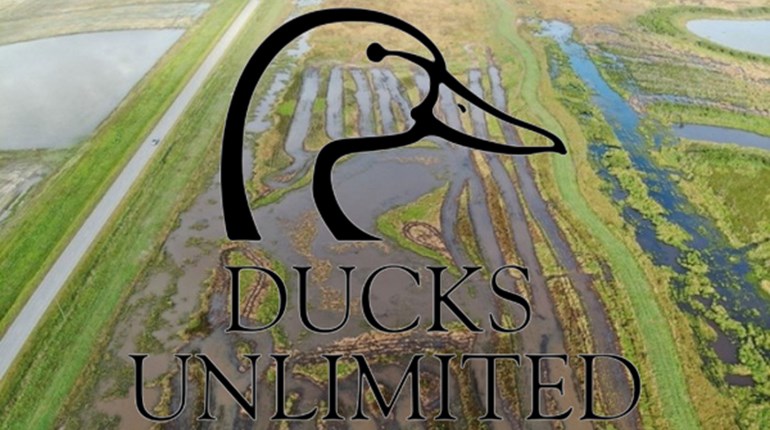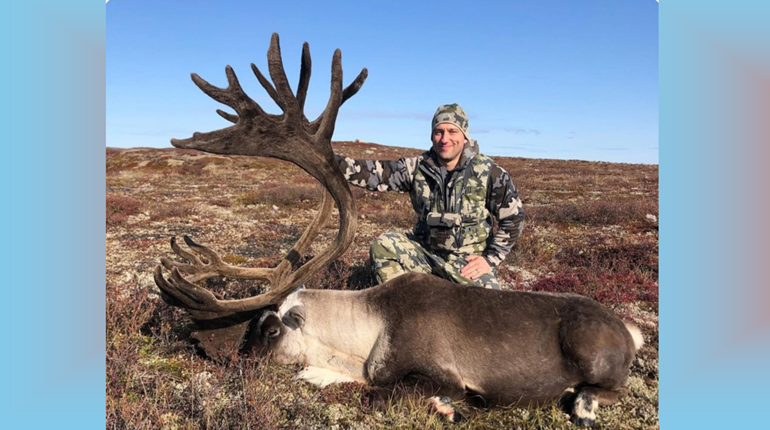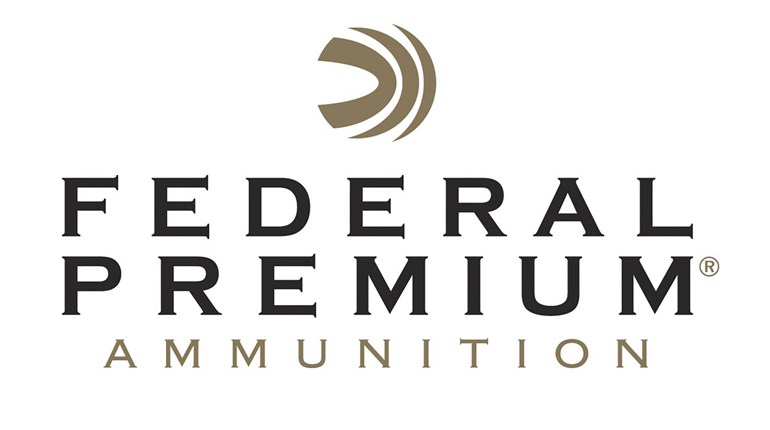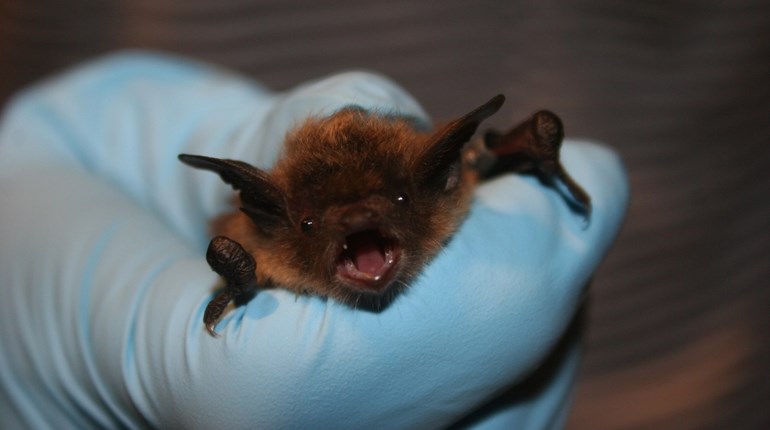
Back in March, the Bureau of Land Management (BLM) announced a draft plan to strengthen greater sage-grouse conservation and management on public lands. The plan was to be informed by the best-available science and input from local, state, federal and Tribal partners. It was built on decades of partnership, research, and on-the-ground knowledge and experience in maintaining, protecting and restoring healthy sagebrush habitats. The period for public comment on said plan ends this Thursday. Read on for more on both the draft plan, and how to comment.
Greater sage-grouse rely on sagebrush lands for all aspects of their life cycle to meet seasonal needs for food, cover and reproduction. A local population may need up to 40 square miles of intact landscape to stay healthy. Populations once in the millions now number fewer than 800,000, largely due to habitat loss exacerbated by drought, increasing wildfires, and invasive species. Protecting and restoring sagebrush on BLM-managed public lands across the West is critical not just for greater sage-grouse, but also for the health of western communities and other iconic Western species that rely on healthy sagebrush, including mule deer, pronghorn and the pygmy rabbit.
“The majesty of the West and its way of life are at stake. Sagebrush lands are places where people work and play, and they are the headwaters for the West’s major rivers,” said BLM Director Tracy Stone-Manning. “Joint efforts to conserve the greater sage-grouse and its habitat led to the largest collaborative conservation effort in our history, and we are building on that work, together with our partners, to ensure the health of these lands and local economies into the future.”.
The BLM manages the largest single share of sage grouse habitat in the United States—nearly 67 million acres out of 145 million total acres. The draft plan offers a range of alternatives for sustainable management of these lands. Balancing a consistent management approach across the range while addressing conditions and policies unique to individual states, BLM intends to work with state and local managers to protect and improve sagebrush habitats on public lands.
Alternatives in the proposal build on components of the plans that the BLM adopted in 2015 and updated in 2019. The draft plan incorporates new sage-grouse conservation science and lessons learned, accommodating changing resources conditions while increasing implementation flexibility. The agency considered nearly 1,900 comments gathered during an initial public scoping period and information shared by state, local, federal, and Tribal partners in more than 100 meetings.
The draft environmental impact statement and plan amendments opened for public comment on March 15, 2024, and will end this Thursday on June 13, 2024. Information on how to comment is posted at blm.gov/sagegrouse. A final environmental impact statement is expected this fall, followed by Records of Decision in each state.





































